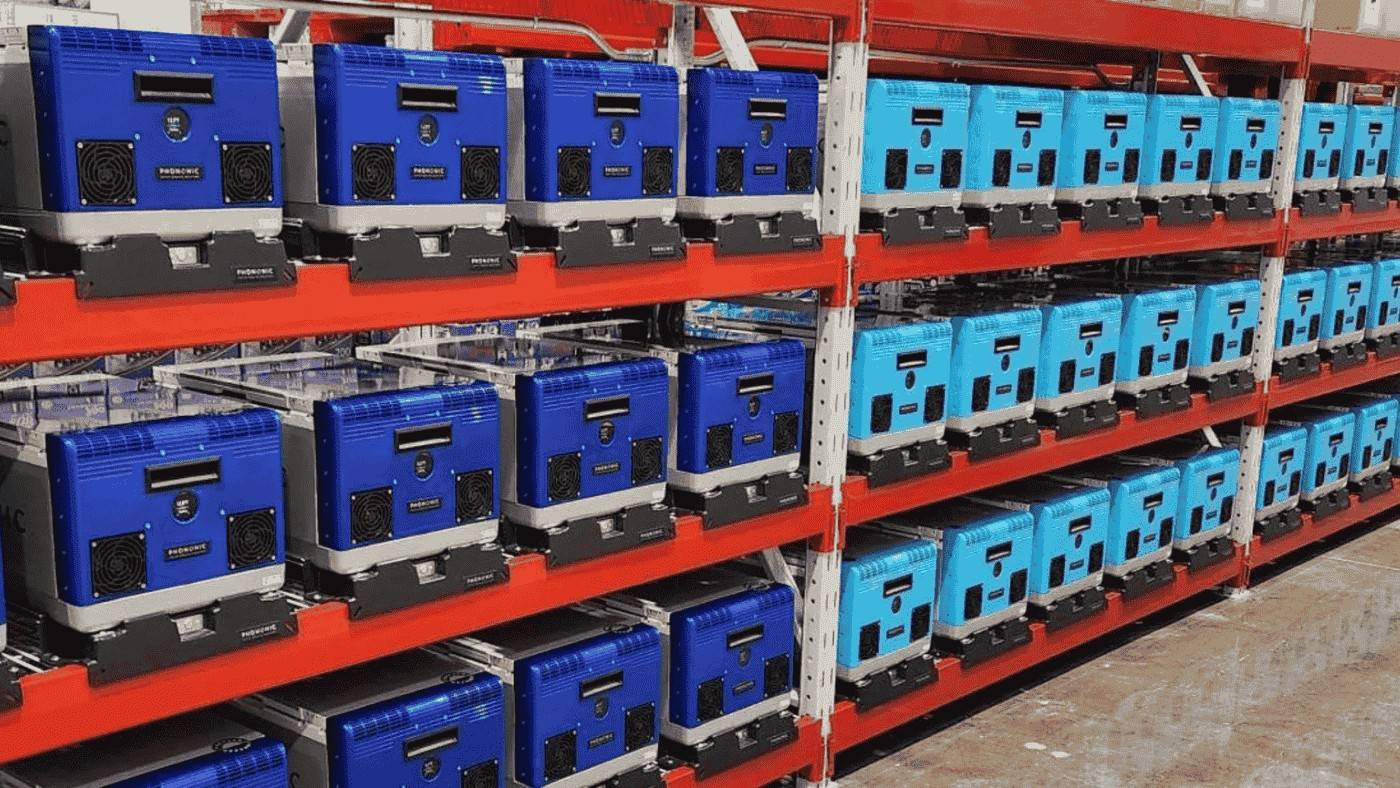What Comes After AC?
By
Kiana Kazemi

When it’s too hot to think, most of us do the same thing: turn on the A/C. As summers stretch longer and hit harder, cooling isn’t just about comfort—it’s about survival. But traditional air conditioning has a hidden problem: refrigerants.
Most standard systems rely on HFCs—hydrofluorocarbons—which can be thousands of times more potent than CO₂ when released into the atmosphere. Even small leaks can have a big impact. That’s why the global cooling industry is actively shifting toward lower-impact refrigerants like R-32, propane (R-290), and CO₂, all of which significantly reduce the climate footprint of cooling.
Harvest is ahead of the curve. Our system already uses the lowest-impact refrigerant available for home heating—and we offer options for cooling for customers who want even more control over their carbon impact. While the rest of the industry catches up, we’re making better refrigerants available now.
At the same time, researchers around the world are exploring entirely new ways to cool spaces—systems that don’t rely on traditional refrigerants at all. These “solid-state” technologies are still in early stages, but they offer a compelling vision of what ultra-low-impact cooling might look like in the future.
Here are three of the most promising solid-state approaches being tested today:
Magnetocaloric Cooling: Cooling with Magnets
German startup Magnotherm is building beverage coolers and refrigerators that use magnets instead of chemical refrigerants. The key lies in magnetocaloric materials—certain metals that heat up when exposed to a magnetic field, and cool down when the field is removed.
The company has built around 40 beverage coolers so far, mostly for early adopters. While permanent magnets are expensive, they’re also durable—and can be reused indefinitely. The next frontier: scaling up to larger fridges and eventually home cooling.
Thermoelectric Cooling: Chips That Get Cold
US-based Phononic uses thermoelectric technology—tiny chips that transfer heat from one side to the other using electrical current. These chips are already cooling millions of devices in places like supermarkets, data centers, and medical storage units. They’re also silent, with no moving parts. That’s a huge plus for noise-sensitive spaces—and one reason Phononic’s chips are catching on in commercial refrigeration.
Elastocaloric Cooling: Cooling Through Stress
Yes, elastocaloric is a real word. This method relies on stretching or compressing special metal alloys to induce cooling—no fluids or fans required.
A European project called SMACool is working on an elastocaloric air conditioner that uses tubes made from shape-memory metals. While the current prototypes are less efficient than conventional AC, researchers in Hong Kong recently hit a major milestone: a cooling power of over 1,200W using graphene nanofluids. Like the other technologies, elastocaloric systems are still in the lab and early pilot stages. But the long-term vision is compelling: clean, compact AC without toxic refrigerants or noisy compressors.
These systems aren’t ready to take over every home just yet. They're expensive, small-scale, and still in development. But they’re a glimpse of what comes after traditional air conditioning: cooling tech that actually aligns with a livable planet.
In the meantime, the smartest upgrade isn’t just efficient AC—it’s rethinking how we store and use energy altogether. Our smart thermal battery offers efficient cooling today using climate-conscious refrigerants. And it doesn’t stop there. The same system also handles heating, hot water, and energy storage—giving you four major home upgrades in one. With Harvest, your home becomes more resilient, more comfortable, and more efficient, without needing to wait for next-generation tech to arrive.
For anyone thinking about a new A/C system, this is the moment to upgrade to something better: a clean energy system that simplifies your home and makes your summer a whole lot cooler—in every sense.

.png)
.png)
.png)

.png)
.png)


.png)
.png)

.png)
.png)
.png)
.png)
.png)
.png)






.webp)




%20694x450.webp)

.webp)






